NTSB Recommendation on JT15D Failure to Meet Certification Bird Strike Requirements
The US National Transportation Safety Board (NTSB) has issued a safety recommendation urging Transport Canada (TC) to take action to prevent catastrophic failure of Pratt & Whitney Canada (PWC) JT15D-5 engines following a bird strike or foreign object ingestion. This follows three NTSB investigations of what they call ‘incidents’ involving Beechcraft Beechjet 400A aircraft where failed fan blades breached engine cases and cowlings after bird strikes. The NTSB note these involved ingestion of “species well below the weight required for certification testing”.
The ‘Incidents
31 July 2009 Beechjet 400A N679SJ immediately lost power from one engine after ingesting at least one bird during take off. The pilots successfully rejected the take off.
All but one of the fan blades fractured and and that the inlet duct had separated from the front of the engine.
Bird remains from a “1.5-2 lb” yellow-crowned night-heron were found on the runway and in the right engine. The NTSB say:
Examination of the engine revealed that the engine spinner had separated from the engine due to the bird strike and entered the engine, resulting in the liberation of the fan blades and subsequent failure of the engine. The engine was certified to ingest a four-pound goose. However, the certification requirements in place at the time did not require the spinner to be tested during the certification process. The certification requirements were later updated to require testing of the spinner.
At the time the NTSB determined that “contributing to the incident were the inadequate engine bird strike certification requirements in place at the time the engine was certified”.
13 March 2014 Beechjet 400A, N193BJ, was damaged following a bird strike shortly after take off from Greater Rochester International Airport, NY. The flight crew declared an emergency and safely returned to the airport. Extensive damage to the engine fan and inlet cowl occurred.
The joint between the intake casing and intermediate casing failed.
The compressor cowl had multiple holes and the right wing had an impact mark forward of the engine fan case.
The bird remains were identified to be a herring gull. The average mass of this species is 1085g (2.39lbs).
This aircraft is currently up for sale (minus the failed engine).
13 May 2014 Beechjet 400A N412GJ, suffered an engine fire following a bird strike during the take off roll, also at Sugar Land Regional Airport, Texas. The flight crew rejected the take off and successfully discharged both fire bottles. The fan blades had all fractured near the root. The nacelle had multiple penetrations. Afterwards fuel was found leaking from the engine nacelle and from a puncture in the right wing fuel tank.
Recovered bird feathers were identified by the Smithsonian Feather Identification Lab as from a yellow-crowned night-heron. Their average mass is now qouted as “683g (1.51lbs)” by the NTSB.
Certification History
The JT15D-5 was certified under the standard current in October 1980 which stated that at take off power the engine must be capable of ingesting a 4 lb bird without catching fire (as happened in the third case), experiencing an uncontained failure (as happened in all three), generating loads greater than those ultimate loads specified or losing the capability of being shut down”.
The NTSB say that:
PWC provided a copy of Engineering Report No. 1105, “JT15D-5 Certification 4 Pound Ingestion Test.”
The report stated that a four pound bird was propelled at a velocity equivalent to an airplane’s maximum climb speed into a JT15D-5 engine that was running at maximum cruise power.
The report stated that all of the fan blades remained intact, but 5 of the 47 blades were noticeably bent…The report stated that the containment case remained intact.
The report concluded that the test successfully demonstrated the four pound bird ingestion test as required by 14 CFR 33.77(a) by not catching fire, not bursting, not exceeding the engine mount loads, or losing the ability to be shut down.
NTSB Analysis
The NTSB explain:
Materials analysis on recovered fan blade fragments determined that all separated blades failed due to overload and no evidence of fatigue was identified. A series of modal tests including: tap hammer, high energy shaker, and computer model simulation were conducted at the system and component level. The tests identified a four nodal diameter coincidence at about 72% N1 speed. When sufficient energy is imparted to the engine fan during a foreign object ingestion event like a birdstrike, it may result in a rub induced excitation and subsequent fan blade separation and catastrophic engine failure.
The natural resonance identified during PWC’s testing only occurs in JT15D-5 engines installed on Beechjet 400A airplanes.
Safety Action
The NTSB report that
In response to these findings, PWC is evaluating inlet case damping options to attenuate the identified natural frequency and plans to complete the design change and introduce the modification to the fleet in 2017.
We are nonetheless concerned about the potential for catastrophic engine failure resulting in blade fragments that impact critical structure or lead to engine fire and believe that this risk warrants required corrective action.
The NSTB note that a Service Bulletin alone does note make action mandatory.
NTSB Safety Recommendation
To Transport Canada: Require that all JT15D-5 engines installed on Raytheon/Hawker Beechjet 400A airplanes be modified to dampen the rub-induced excitation that can occur between the engine fan and fan case during birdstrike or foreign object ingestion events. (A-17-7)
JT15D Background
Thirteen JT15D models have been produced in three series (JT15D-1, JT15D-4 and JT15D-5) ranging from 2,200 to 3,400 lb thrust. The certification application date for the JT15D-1 was 2 June 1969 and for the -5 was 5 January 1982). The two spool engine has a single stage fan and booster stage driven by a single low pressure turbine stage, a single stage high pressure centrifugal compressor driven by a single high pressure turbine stage and a reverse flow compressor.
Other Safety Resources
- Uncontained CFM56-7 Failure: Southwest B737-700 27 August 2016
- Uncontained PW1524G Failure During CS100 Certification Testing
- Machining Defect Cause of V2500 Failure
- B787 GEnx Fan Shaft Failure
- Power of Prediction: Foresight and Flocking Birds
- Another bird strike accident: Safety Lessons from a Fatal Helicopter Bird Strike
- Another failure to meet certification requirements can be found here: Anniversary of 2009 Newfoundland S-92A Accident
- UPDATE 2 March 2018: Swedish Military NOE Helicopter Bird Strike
- UPDATE 15 April 2018: Wildlife strikes add to US Air Force and Navy’s mishap count
- UPDATE 28 December 2018: Final Report Issued on 2008 B737 Bird Strike Accident in Rome
- UPDATE 3 January 2019: USAF HH-60G Downed by Geese in Norfolk, 7 January 2014
- UPDATE 6 May 2020: CFM56-7 HPC Titanium Fire Due to VSV Maintenance Assembly Error (United Boeing 737-924)
- UPDATE 7 November 2020: Deadly Dusk Air Ambulance Bird Strike
- UPDATE 30 December 2020: AS350B3/H125 Bird Strike with Red Kite
- UPDATE 23 March 2022: Big Bustard Busts Blade: Propeller Blade Failure After Bird Strike
- UPDATE 10 December 2022: Main Rotor Blade Certification Anomaly in Fatal Canadian Accident
Aerossurance is pleased to sponsor the 2017 European Society of Air Safety Investigators (ESASI) 8th Regional Seminar in Ljubljana, Slovenia on 19 and 20 April 2017. Registration is just €100 per delegate. To register for the seminar please follow this link. ESASI is the European chapter of the International Society of Air Safety Investigators (ISASI).
Aerossurance is also pleased to sponsor an RAeS HFG:E conference at Cranfield University on 9 May 2017, on the topic of Staying Alert: Managing Fatigue in Maintenance. This event will feature presentations and interactive workshop sessions.

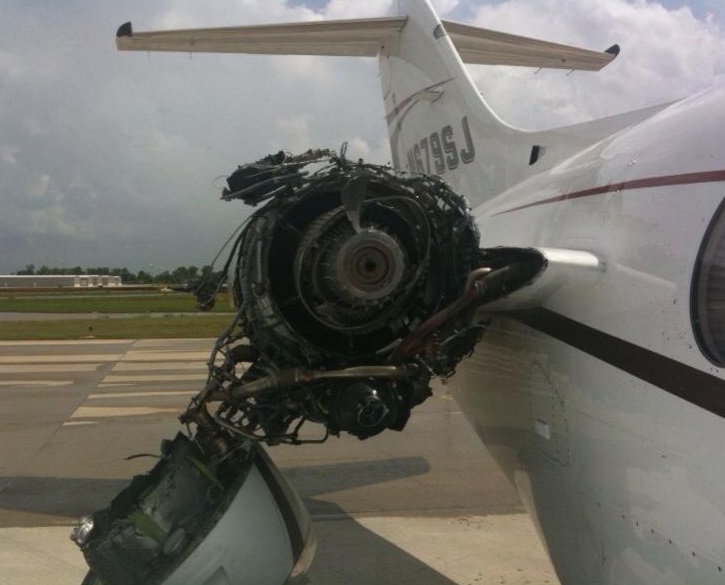
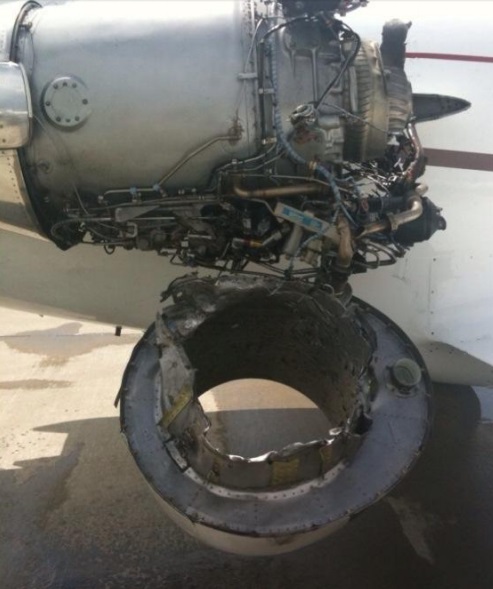
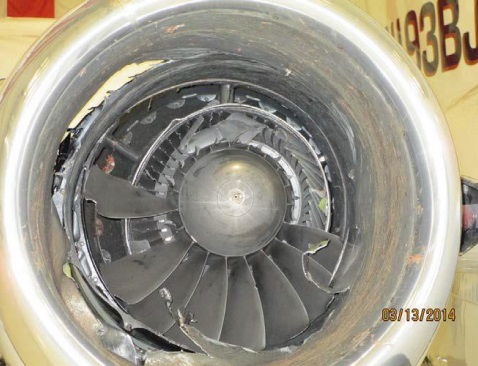
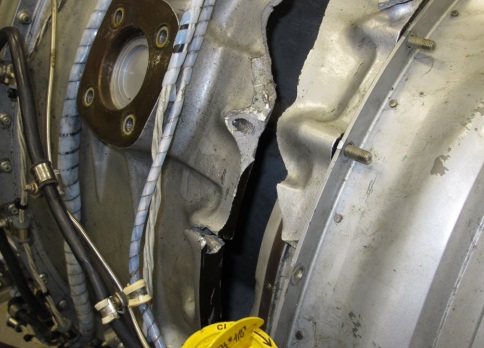


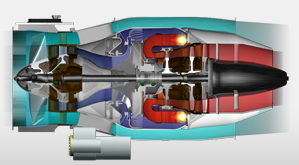
Recent Comments